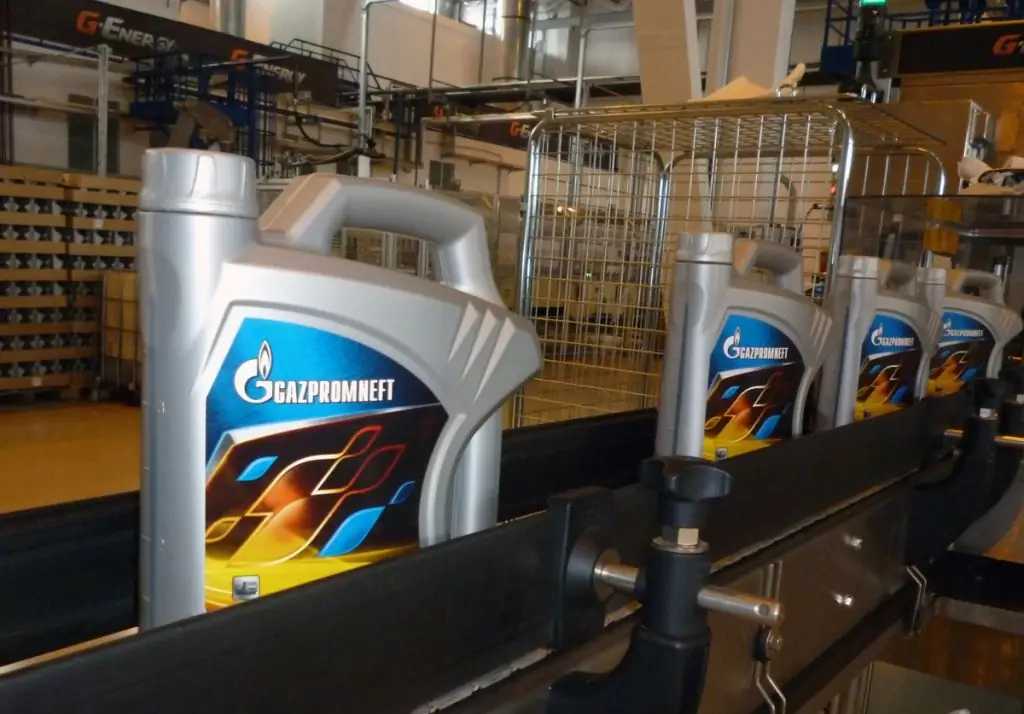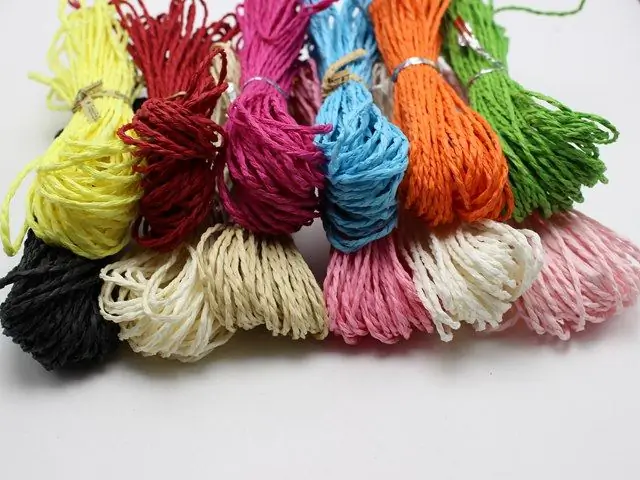2026 Author: Howard Calhoun | [email protected]. Last modified: 2025-01-24 13:10:35
Carpet is not only floor insulation. They are also a bright accent in the interior and a kind of indicator of the taste and we alth of the owner of the house. The exact date of the birth of the art of carpet weaving is hidden in the mists of time, but there is a relic that has survived to this day - a carpet created 2500 years ago.
Today, the production of carpets and carpets has become massive, and the products are produced on an industrial scale. But in some regions they are woven the old fashioned way, as the ancestors did.
Raw materials
Any carpet production begins with the selection of raw materials. And if earlier the choice of materials was limited to wool and silk, today you can find a woven fabric from both natural fibers and their synthetic counterparts.

So, carpets are made from the following types of fibers:
- Natural, which are divided into protein and cellulose.
- Artificial: cellulose and mineral.
- Synthetic.
Protein natural raw materials are wool and silk. Handicrafts are made only from these traditional materials, as anysynthetics will devalue hours of work.
Wool is soft, durable, resilient and warm. But such a carpet can be eaten by moths, and besides, it can serve as a source of allergies.
Silk carpet is a beautiful, soft, shiny and durable fabric that will be passed down from generation to generation due to its high wear resistance. But the price of such a product goes beyond all reasonable limits, and even a family with an average income cannot afford to buy it.
Cellulosic natural raw materials (cotton and jute) are often used to make lint-free carpets.
Artificial cellulose fibers are threads made from natural raw materials, but made using modern technologies. A viscose carpet is a good analogue of a silk carpet, much more affordable.
Artificial mineral fibers are made from asbestos. Many are wary of this material, but it should be noted that it does not burn. Therefore, only asbestos mats can be laid near the fireplace and other potentially dangerous sources of ignition.
Synthetic products are made from polypropylene, polyethylene, polyester, polyamide and polyacrylonitrile. Each of these materials has its own indicators for wear resistance, water resistance and other characteristics. But all synthetics melt from fire.

Types of carpets
It is impossible to really determine how many types of carpets there are. They are all subdivided depending on the type of weaving, appearance, materials, manufacturing technology, and many others.signs.
Even within a single carpet manufacturing enterprise, dozens of types of products are produced. If we talk about hand-made carpet weaving, then the situation is more complicated: even in the same village, craftsmen living in the neighborhood weave different products.
But if you do not go into details, then all carpets can be classified according to several criteria.
By manufacturing technology:
- manual;
- machine.
By type of raw materials: natural, artificial, synthetic and mixed.
By the presence of lint: pile and lint-free.
By pile type:
- single-level
- multilevel;
- velor;
- Saxony;
- frise;
- combined.
Separately, it is worth mentioning non-woven carpets: tufted, needle-punched, knitted, flocked, crocheted and hand-felted products. The industrial production of these types of carpets is spread all over the world. Some experts refer to these products as flooring, as they do not have a base.

Machine made
The production of cows on an industrial scale has made the price of these products affordable for all segments of the population. Today, non-woven floor coverings are made only on special machines. We also produce woven carpets of the following types:
- Double-sheet jacquard - a two-layer frame structure, between the frames there are threads of pile, at the end of the technological cycle they are cut, and they are obtained immediatelytwo products - from the upper and lower half.
- Bar jacquard - pile fabric is woven with weft threads into the root warp.
- Axminster - tufts of pile are mechanically embedded in the base. Subdivided into tubular and jacquard.

Handmade carpets
Handicraft production of carpets for sale is widespread not only in eastern countries like India, Pakistan and Iran, but also in some regions of our country, for example in Dagestan.
Handmade carpet is an expensive exclusive thing. Even if the master makes a thing over and over again according to the same pattern, it receives characteristic distinctive features - the difference in the small details of the pattern, knots, the tone of the dyed fibers, etc.
These products are expensive. But when buying, you should understand that this is a piece of handmade goods - it can take from six months to three years for the master to make one canvas.

How to make a handmade wool carpet: technology
- First of all, a picture is selected. Sometimes a ready-made template developed over the years. But sometimes masters come up with something new - they combine interesting ornaments from already tested drawings, play with color and overall design. With the development of modern technologies, this process is carried out in special computer programs.
- Carpet production of any scale begins with the preparation of raw materials. The wool is combed out, removing all the dirt from it. Then they are spun, that is, twisted into threads when wet.
- Nextstage - coloring. This is a very responsible procedure, since the threads must be dyed in the right color and evenly.
- Weaving. It consists in tying a huge number of knots on the basis. And the basis is strong parallel threads stretched on the bed.
- Washing - to refresh products after the hands of the master.
- Stretching. Helps keep shape when dry.
- Haircut. A delicate procedure during which the pile is trimmed to one length.

Russian carpet weaving
Russian-made carpets are not as famous as Indian or Iranian ones. However, in our country, carpet weaving on a large scale existed even before the appearance of the first factories and manufactories. The canvas was woven at monasteries and large estates - and these were real masterpieces created by the hands of Russian craftswomen. The delightful embroidered carpets, hand-embroidered with gold, silver and colored silk, were especially striking. Such products were presented as a gift to the embassies of different countries, and in dark times they were taken away as part of the tribute.
Recommended:
Motor oil production: characteristics, technology and manufacturing process

The production of motor oil, like any other, is not complete without raw materials - the substance from which the final product is obtained. Mineral oil is made from petroleum. But before it gets to the lubricants plant, it needs to go through a series of cleanings at oil refineries
Paper twine - description, manufacturing technology and features

Technology does not stand still, the same trend can be seen in the packaging materials industry. However, there are such unshakable and irreplaceable things over which neither progress nor time has power, such products include paper twine. The article describes its properties and capabilities. Issues of manufacturing technology and operational characteristics are raised
Styrofoam production business plan: step-by-step opening steps, manufacturing technology, calculation of income and expenses

Polyfoam can be attributed to one of the most widely used building materials. The demand for it is quite high, as there is a development of sales markets, which, with a competent marketing approach, can provide stable profits for a long period of time. In this article, we will consider in detail the business plan for the production of foam plastic
Business idea: production of bricks. Technology and installation for the production of bricks

You can create your own business that will meet your requirements and also become a source of income. However, in order to obtain high-quality bricks, it is necessary to comply with the technical conditions and adhere to the manufacturing process. The production of bricks at home does not involve the use of expensive equipment. The most important condition is the correct preparation of raw materials
PCB manufacturing methods: production technology

In instrumentation and electronics in general, printed circuit boards play a crucial role as carriers of electrical interconnections. The quality of the device and its basic performance depends on this function. Modern methods of manufacturing printed circuit boards are guided by the possibility of reliable integration of the element base with a high packing density, which increases the performance of the manufactured equipment

